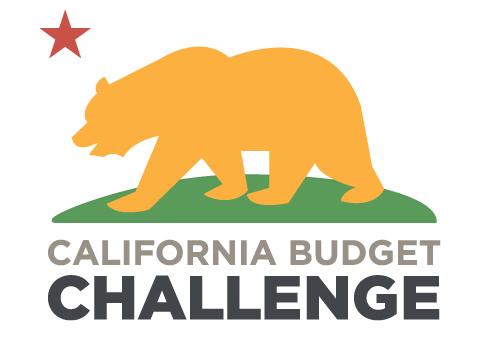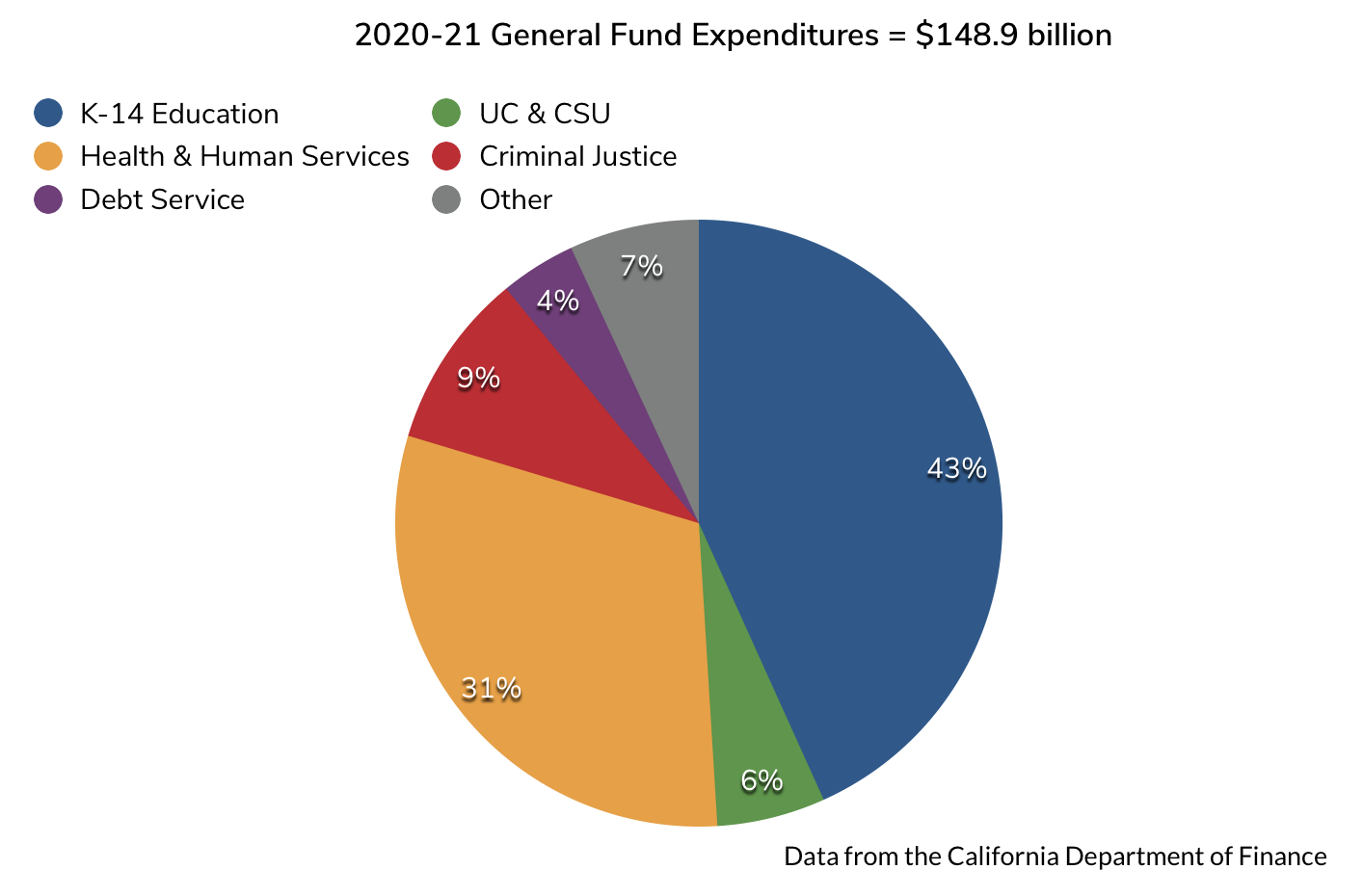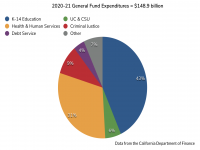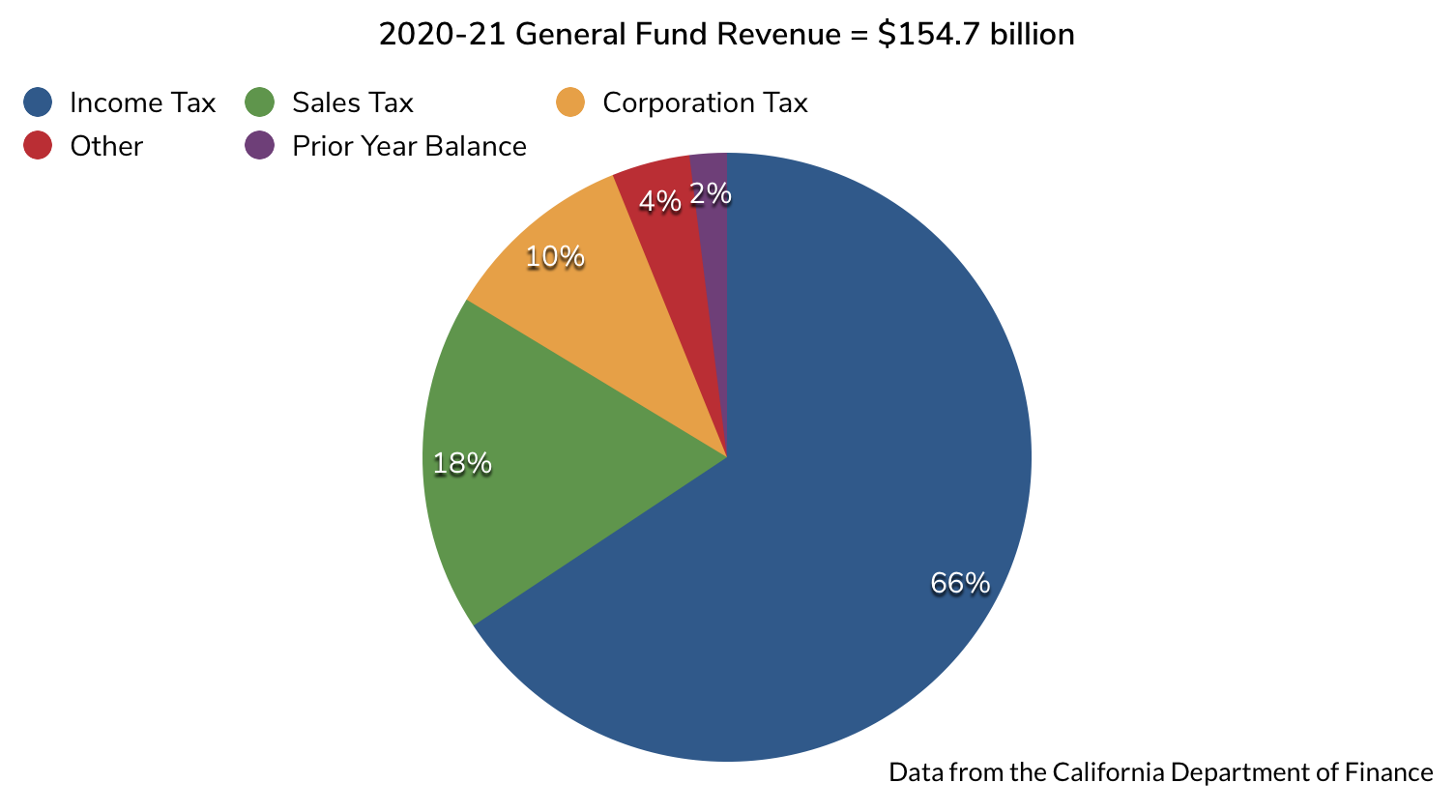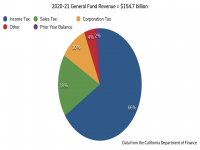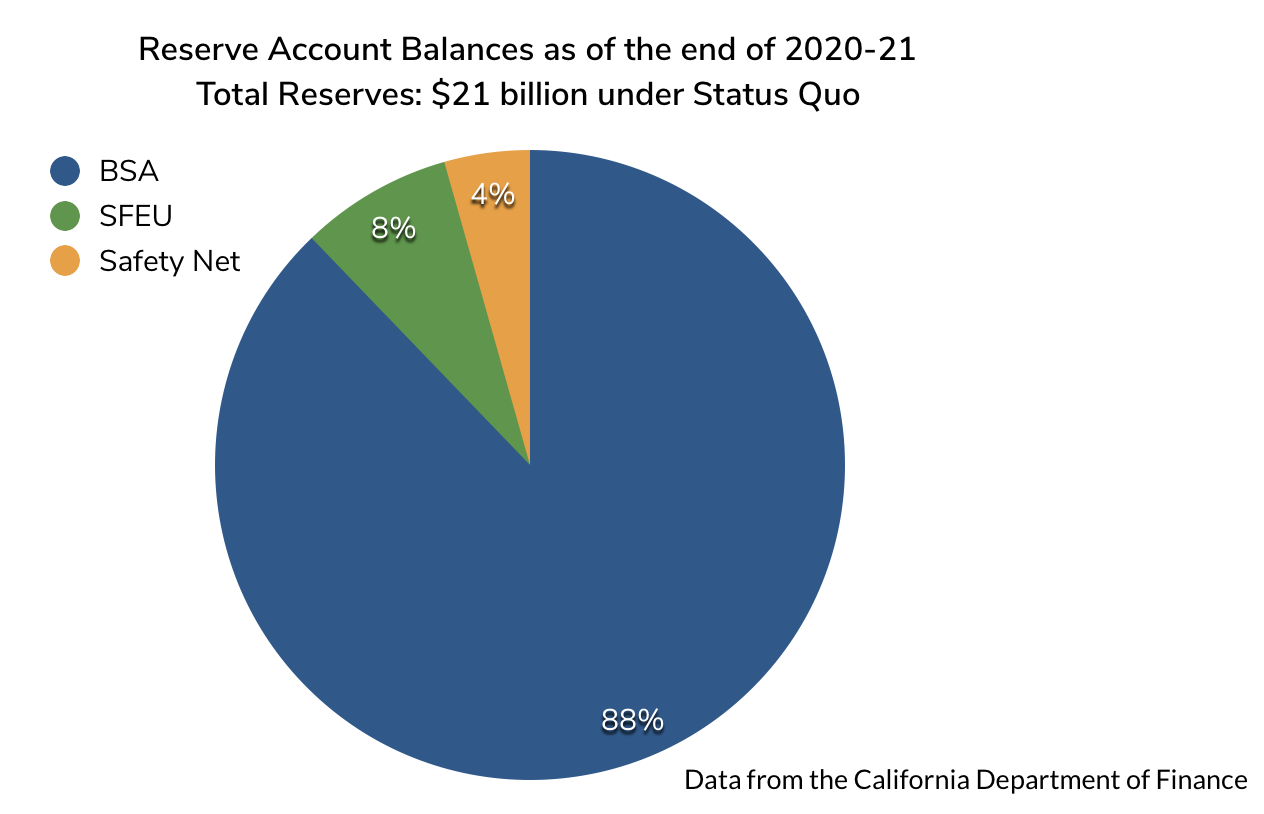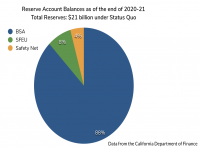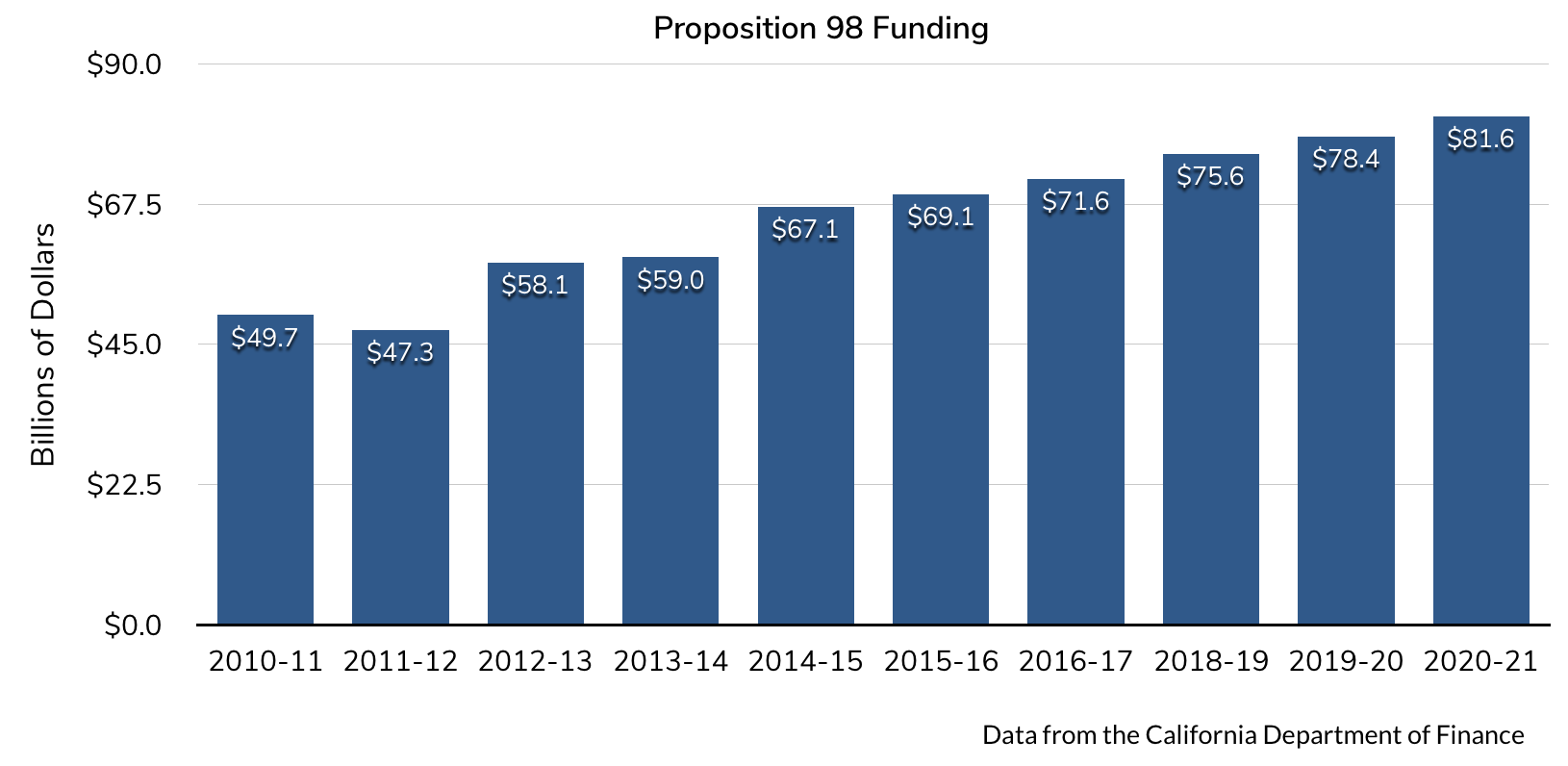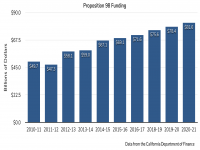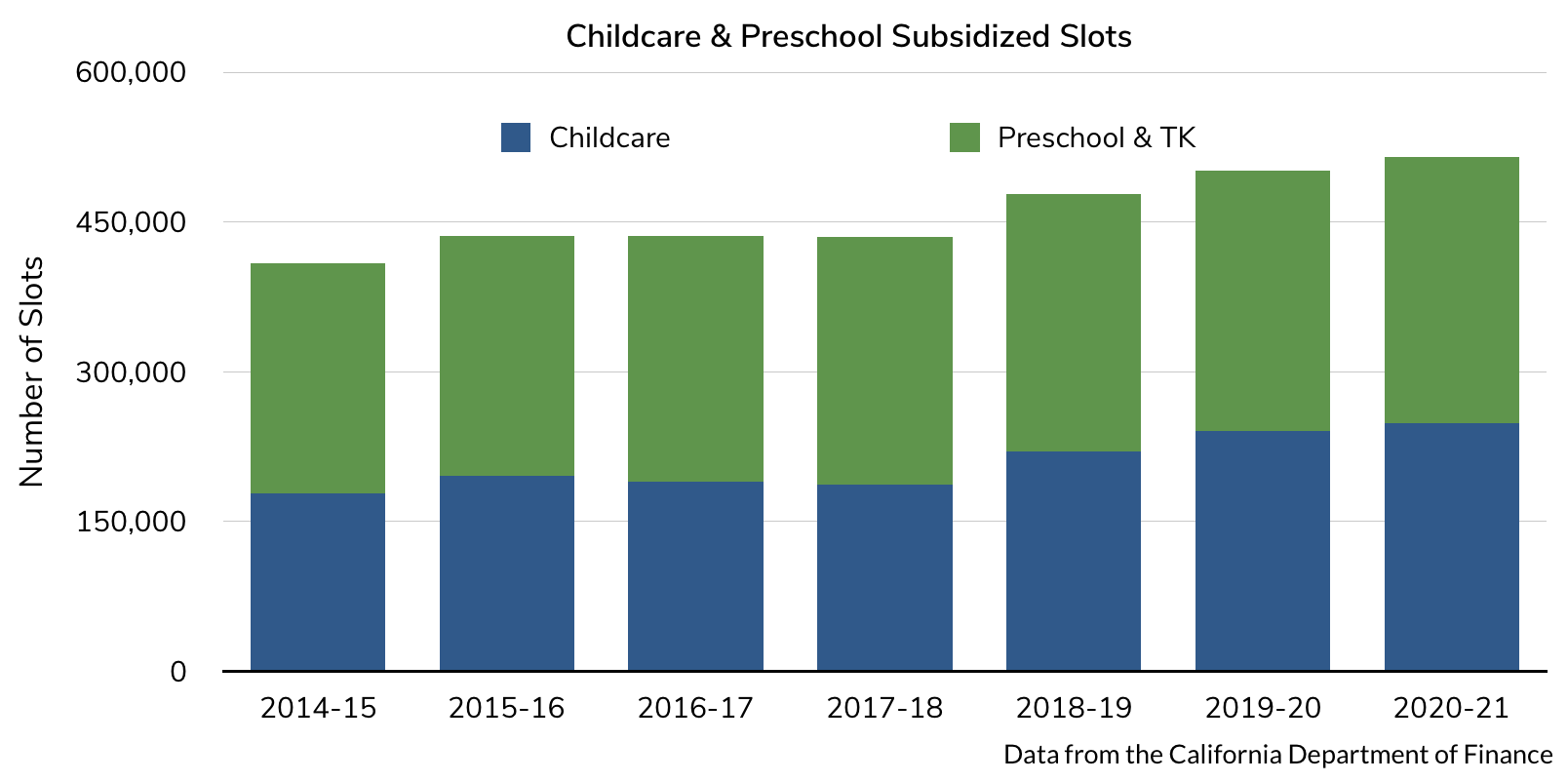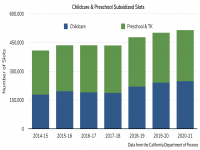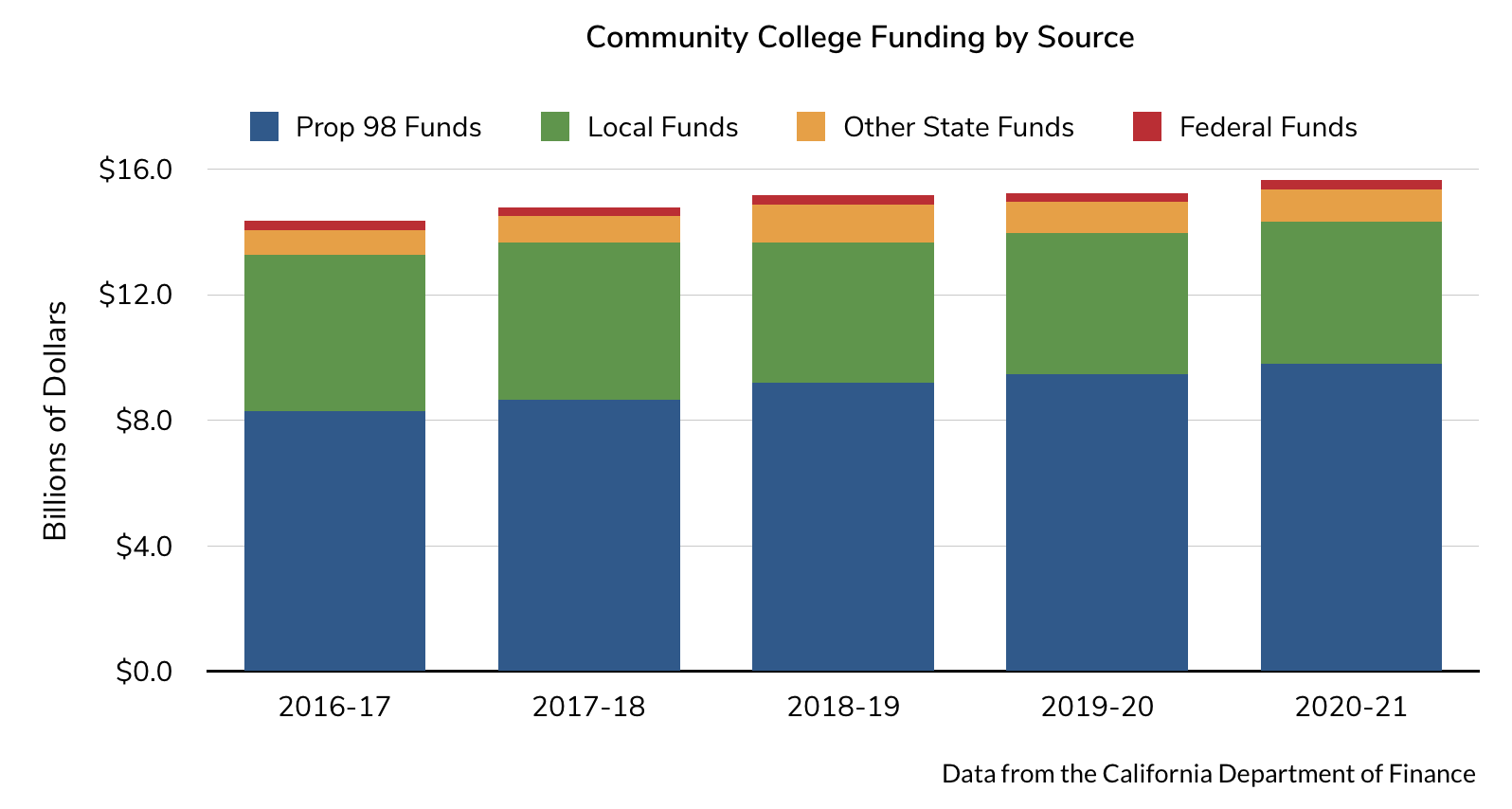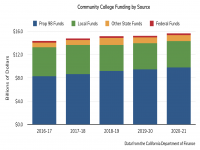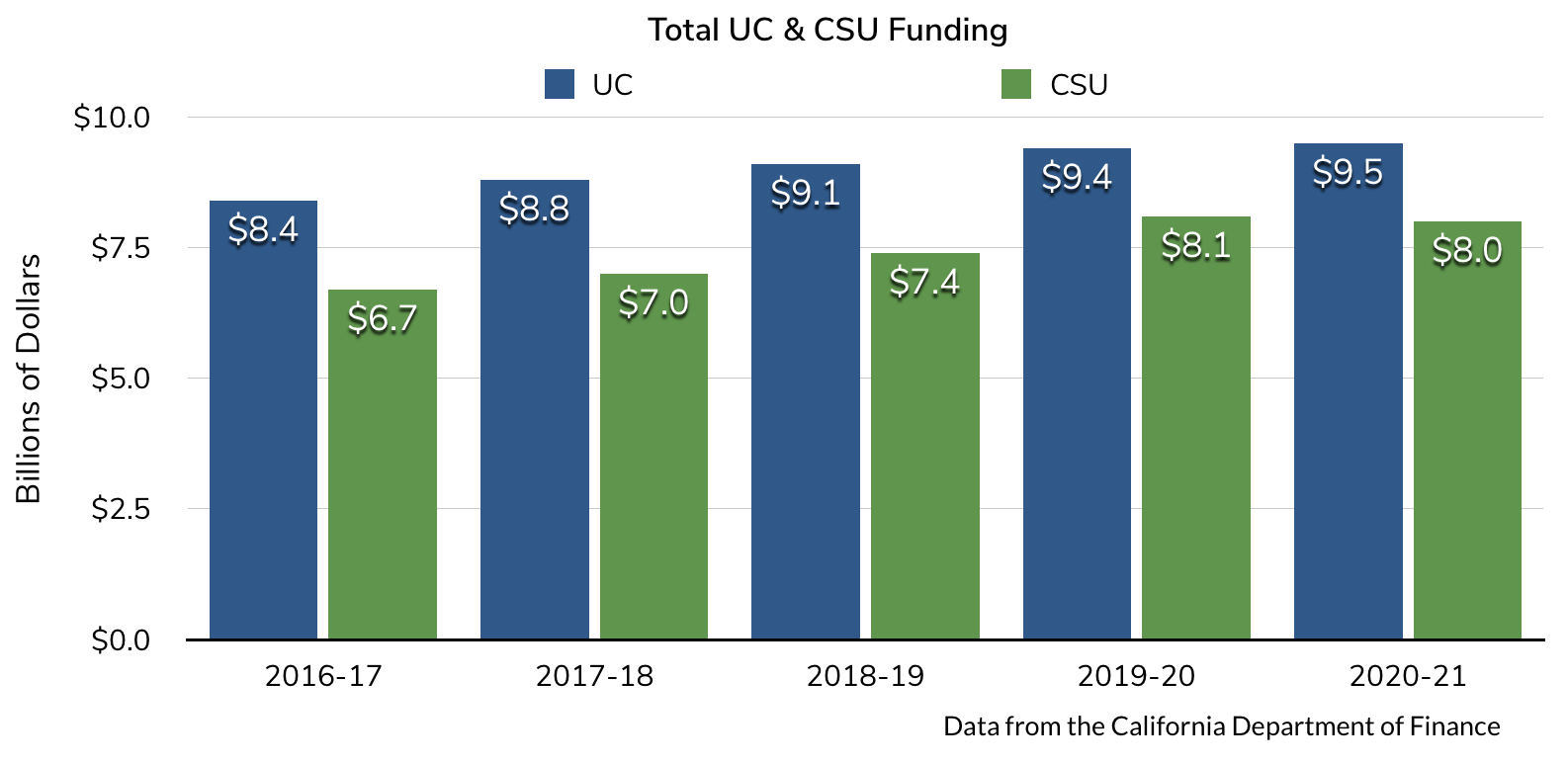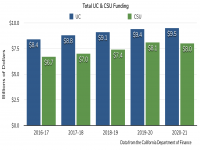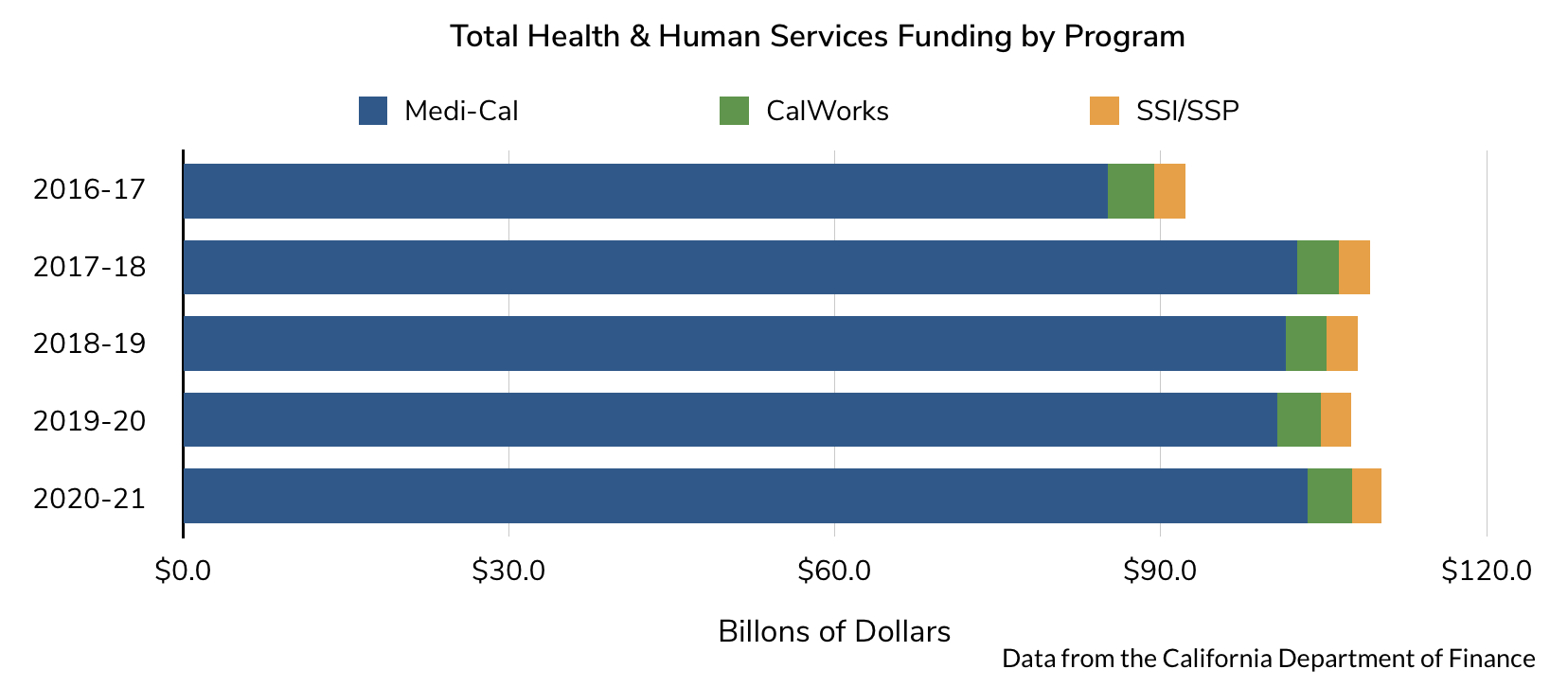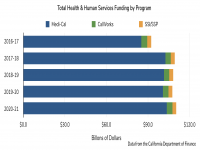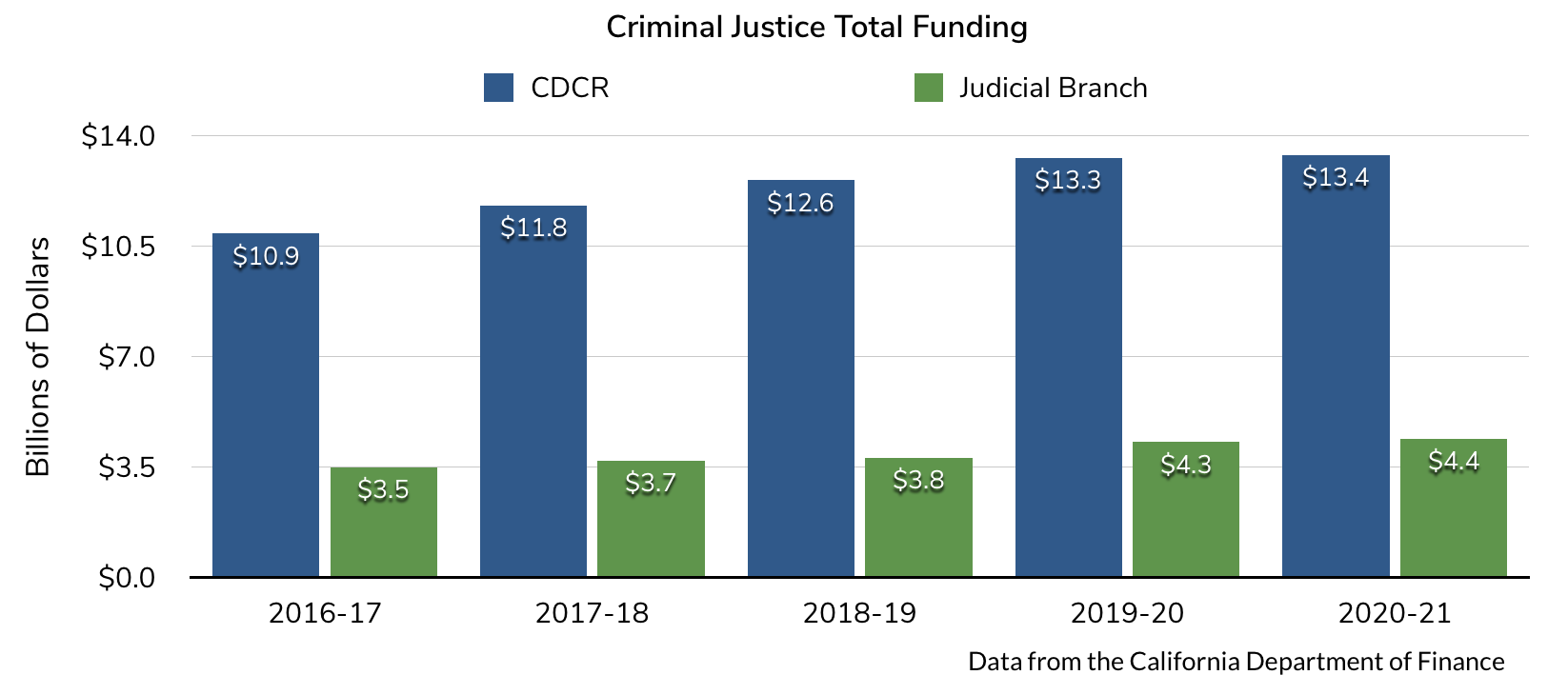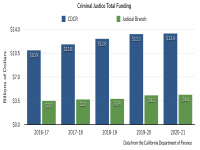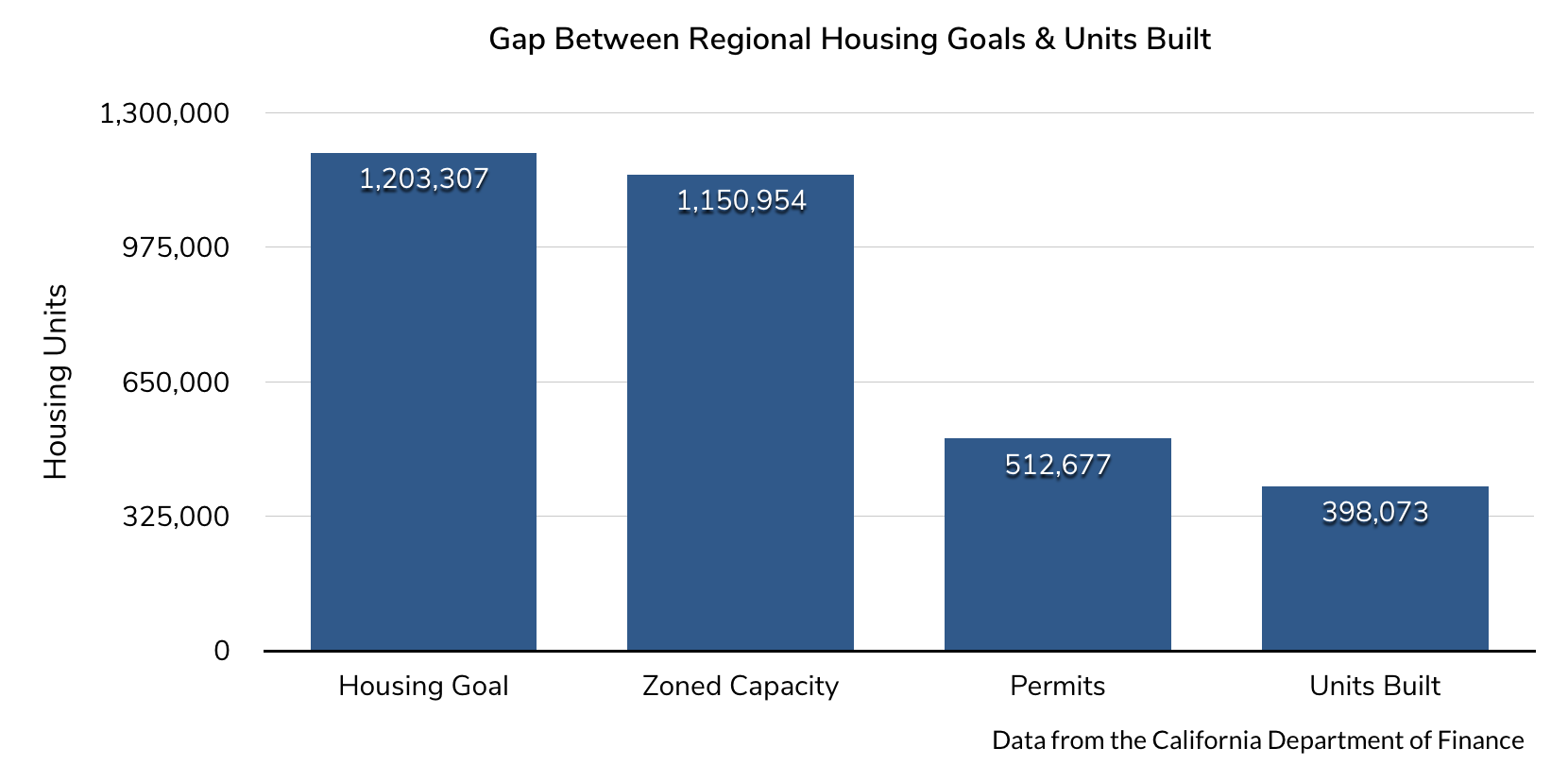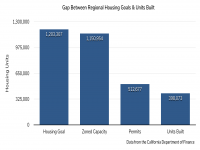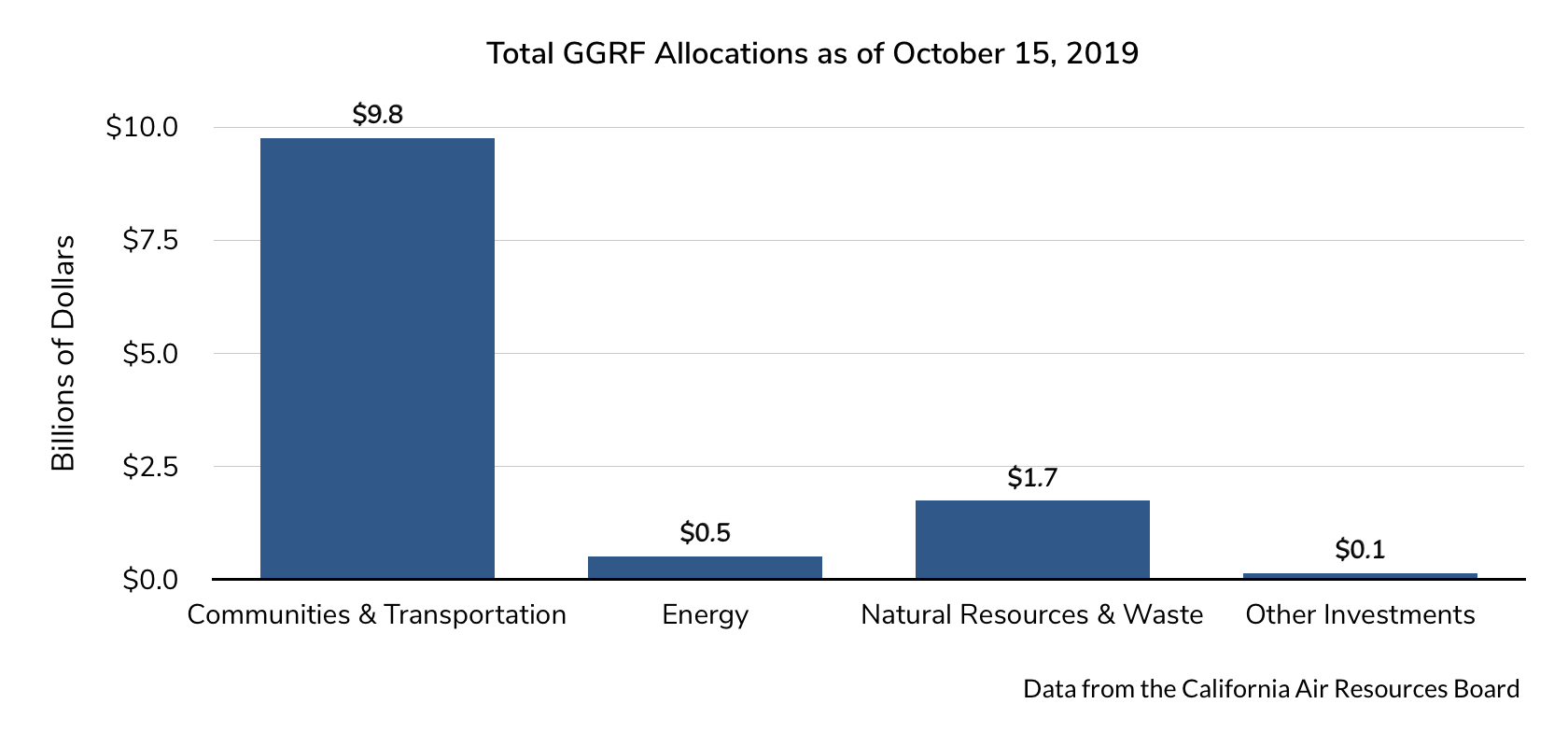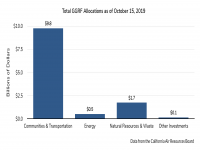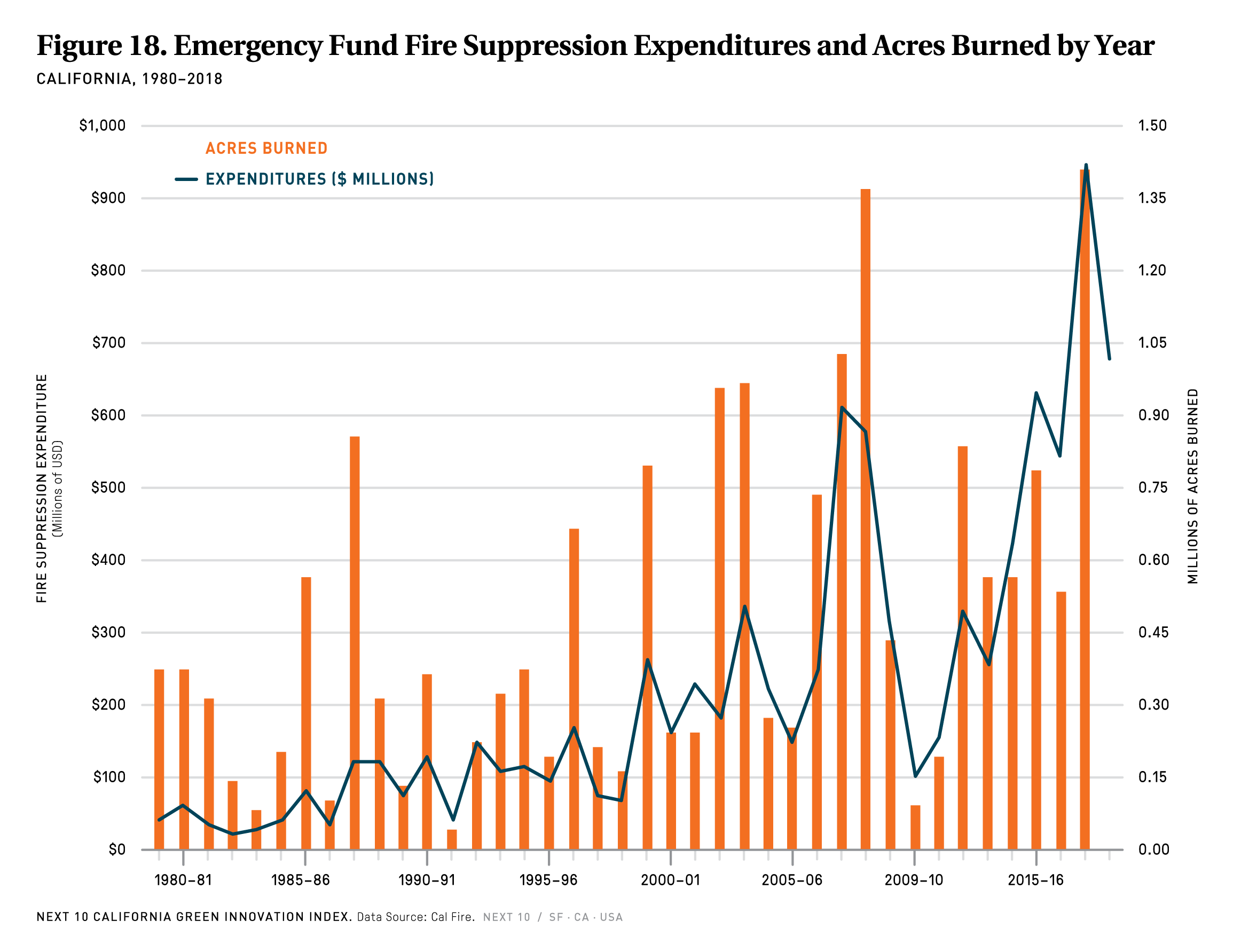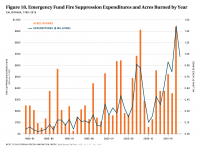Publications
California Budget Challenge 2020
Governor Newsom released his proposed budget for fiscal year 2020-21 on January 10, 2020—several weeks in advance of the height of the COVID-19 pandemic and the statewide shelter-in-place order. Given the recent shift in priorities for the state, California can expect to see a much different budget scenario by the time the fiscal year starts on July 1, 2020. As of January, the state was estimated to have a surplus of $5.8 billion in 2020-21—reflecting strong corporate tax receipts, wages that were forecasted to be higher than expected, and a stronger stock market that led to higher-than-expected revenues. While the amount of expected revenue is likely to be billions of dollars lower than forecasted in January, the state is in a relatively strong fiscal position with significant reserves (approximately $17.5 billion total across all reserve accounts as of February 2020).
The Governor will release a revised budget in mid-May with updated spending priorities and revenue projections, though a more accurate and precise accounting of impacts to the state budget will not be available until later this summer, after the July 15th tax filing extension deadline has passed. However, we can expect three broad changes since the Governor's proposed budget was released in January—higher direct costs to respond to the public health emergency, plus higher indirect costs and lower revenues as a result of changes in the economy. Recent federal relief bills are directing federal funding to state and local governments that will help offset some of these higher costs and reduce the impact to the state’s General Fund budget. Learn more about the impacts of the coronavirus pandemic on the state budget, and recent state and federal actions to respond, here.
Of the expected surplus in January, the Governor has proposed dedicating $2.6 billion to one-time or temporary spending and $1.6 billion to ongoing spending (rising to $1.9 billion at full implementation). There are roughly 140 proposals, but 95 percent of them (accounting for half of the proposed spending) cost less than $100 million in 2020-21. Balancing one-time vs. ongoing spending in light of federal uncertainty and the likelihood of an economic downturn in the coming years continues to be a key feature of Governor Newsom's proposed budgets.
The largest one-time spending proposals include $750 million to reduce homelessness and $250 million to create a new Climate Catalyst Revolving Loan Fund that would provide low-interest loans for climate-related projects, prioritized in areas that help meet the state's climate goals and create high-paying jobs. The biggest ongoing funding proposals include base funding increases of 5 percent each for both UC and CSU, and $348 million to begin implementing a set of Medi-Cal reforms called California Advancing and Innovating Medi-Cal (CalAIM). Lastly, there are a number of proposals this year related to making state funding available for programs that have seen their funding cut at the federal level or cut due to federal rule changes.
The 2020-21 proposals are discussed in more detail on the Key Findings tab. Budget Basics for spending categories, revenues, and reserves are available on the Additional Resources tab, and charts are available on the All Graphics tab. Page last updated April 28, 2020.
Largest One-Time Spending Proposals:
- $750 million to create a new California Access to Housing and Services Fund that would fund short-term and long-term rental subsidies; support development of new affordable housing units (particularly on state-owned land made available for housing development); engage with landlords to secure units and negotiate client leases; and to provide tenancy support services and case management for individuals receiving rental subsidies
- The goal is to enable regional partners to pool federal, state, local, and private funds to stabilize the housing circumstances of the state's most vulnerable populations
- New fund would be administered by the Department of Social Services
- $250 million initial deposit into the Climate Catalyst Revolving Loan Fund (with goal of getting to $1 billion over four years) to provide low-interest loans to private companies and public agencies for projects that would advance the state's climate mitigation and adaptation goals, along with other priorities, such as creating high-paying jobs
- The goal is to dramatically increase and leverage private sector investment to support climate-related projects that help meet the state's climate and equity goals
- Approximately $290 million for the California Department of Corrections (CDCR) for various proposals, with the largest amount ($60 million) for probation funding and reforms that would require increased supervision of certain misdemeanor probationers and to reduce the length of felony and misdemeanor probation
- $129 million for various proposals at the Department of Water Resources, including implementing the Sustainable Groundwater Management Act (SGMA) that was passed by the legislature in 2014
Largest Ongoing Spending Proposals:
- 5% increase in base funding for CSU ($199 million) with the expectation the funds would be used for operational costs, enrollment growth, and the Graduation Initiative 2025 to improve four-year and six-year graduation rates at CSU
- The Graduation Initiative 2025, launched in 2009, has resulted in a record number of graduates, the highest four-year graduation rate for first-time students, and the highest ever two-year graduation rate for transfer students in 2018-19
- Historically, CSU’s six‑year graduation rate for incoming freshmen has been below 50 percent and its four‑year rate has been below 15 percent
- 5% increase in base funding for UC ($169 million) with the expectation that the funds would be used to increase undergraduate enrollment, and to support operational costs and student support services
- $348 million from the General Fund in 2020-21 (rising to $695 million from the General Fund at full-year implementation) beginning January 1, 2021 to begin implementing the CalAIM reforms to Medi-Cal to address long-standing challenges with a focus on high-cost, high-risk enrollees with complex needs
- Currently, Medi-Cal services are provided through a variety of delivery systems and this complexity puts burdens on Medi-Cal beneficiaries and those that administer the program
- Difficulty navigating Medi-Cal's multiple systems can be particularly pronounced for individuals with multiple complex conditions
Proposals to Offset Federal Funding Cuts and Rule Changes:
- $20 million in one-time funds for food banks and other food assistance providers in light of the federal rule change that goes into effect April 2020 and cuts Supplemental Nutrition Assistance Program (SNAP, called CalFresh in California) benefits for approximately 200,000 Californians
- Additional $60 million for school nutrition programs for the same reason
- $100 million across various programs to support undocumented immigrants, DACA recipients, and refugees living in the state
- $8.7 million to develop and implement new air pollution regulations in response to federal rollbacks of environmental protections and regulations
- Proposal to create a new California Consumer Financial Protection Law that will "provide consumers with more protection against unfair and deceptive practices" given the rollback of the federal Consumer Financial Protection Bureau under the current administration
New Budget Components in 2020-21:
- Climate Budget: $12.5 billion over 5 years (mix of General Fund, bond funds, and GGRF funds) to improve climate change resiliency and address short-term needs as a result of climate change
- Includes the proposed Climate Catalyst Fund, a proposed $4.75 billion climate bond on the November 2020 ballot, and $965 million in funding from cap-and-trade revenue (called the Greenhouse Gas Reduction Fund or GGRF)
- The 2020-21 General Fund amount would be $454 million
- Infrastructure: a 2020 Five Year Infrastructure Plan reflects Governor Newsom's proposal to invest $53 billion (mix of General Fund, federal funds, bond funds, and other special funds) in state infrastructure over the next five years
- The four main elements are climate resilience (referenced above); education; broadband access; and other critical state infrastructure
- Majority of the proposed funding (>76%) is dedicated to the state's transportation system, including high-speed rail
- Reported statewide deferred maintenance needs total approximately $62 billion with transportation representing the highest share
- The 2020-21 General Fund amount would be $290 million
Next 10 owns the copyright to all graphics in this section, and they are available for download and limited use, subject to our Terms of Use. Please contact Next 10 at info@next10.org with any questions.
